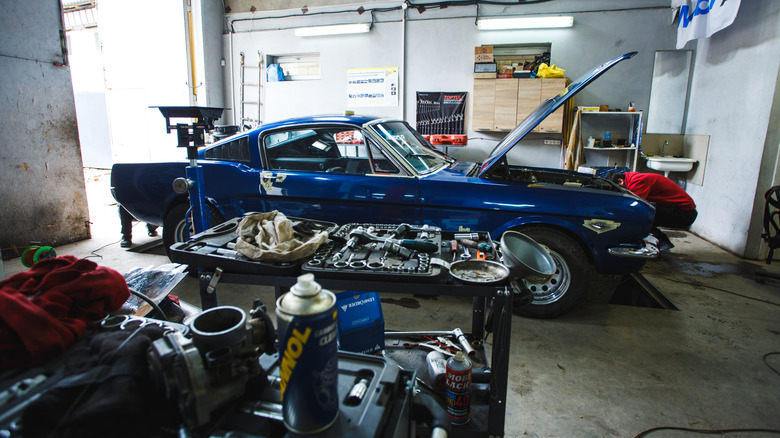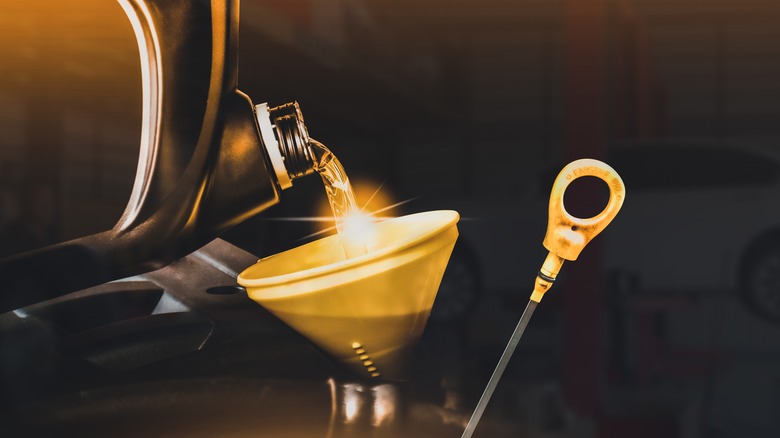How To Safely Store Your Beloved Classic Car
Although the sun is still out and temperatures are high, the calendar is still creeping slowly toward winter, making it necessary to begin making plans to winterize and store your valuable classic car. Preparing your precious classic for storage is a multi-step process that requires some forethought and a bit of shopping, but can be done in a day or two without any specialized equipment.
Winterizing your car is a job that can be done without any assistance, although it's always safest to have someone else around when you're working on your vehicle.
What you'll need:
- Jack and Jack stands
- oil, filter, and drain pan
- steel wool, sandwich bags, and colored ribbon or tape
- socket/ratchet set and wrenches
- rags
- battery maintainer (optional)
- car cover or tarp/sheets
- rope or bungee cords
- white lithium grease and grease gun
- silicone spray
- fuel stabilizer
- tire gauge
Before you begin, identify the spot where you will be parking for the winter. Obviously, a clean, dry garage is best, but if you don't have a garage or carport, find a place as far as possible from trees, traffic, or any other potential hazards.
Start with lubrication
The first step is to change the oil in your vehicle and drive for a while to circulate the fresh oil throughout the engine. Next, you'll want to grab that grease gun and lubricate the fittings that need it on steering and suspension components like tie rod ends, ball joints, sway bar links, bushings, etc.
Now it's time to take the silicone spray and turn your attention to things like door, trunk, and hood hinges, lock cylinders, weather stripping, and anywhere else moisture might accumulate, freeze, and cause problems during the colder months. You'll also want to spray down the hood latch and window mechanisms.
When you're done spraying everything down, fill your tank and add the fuel stabilizer. Drive for a while to circulate the stabilizer, park your vehicle, raise it onto jack stands, and lower tire pressure to about 25 PSI.
You'll want to use plywood or RV blocks under your jack stands, particularly if you are parking on dirt or grass. Once you're parked, stuff some plastic bags with steel wool and pack them into your tailpipe to prevent rodents and other critters from crawling inside. Use the ribbons or tape as a reminder to remove them come spring. The cheapest and easiest option for saving your battery is simply to remove it and store it indoors, but you can also connect a battery maintainer and close the hood.
Once you've taken care of that step, it's time to cover your vehicle with the car cover or tarp, secure the cover with rope or bungee cords, and rest easy knowing your beloved classic is safe and sound until the flowers are blooming again.

